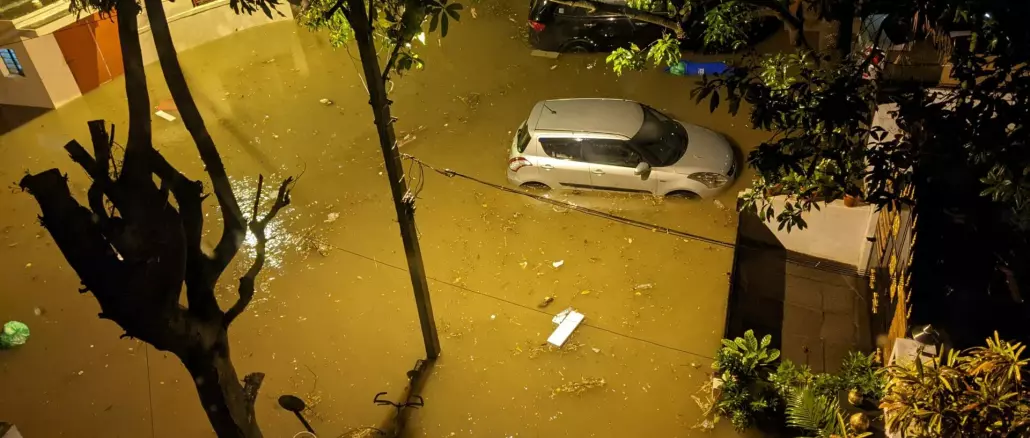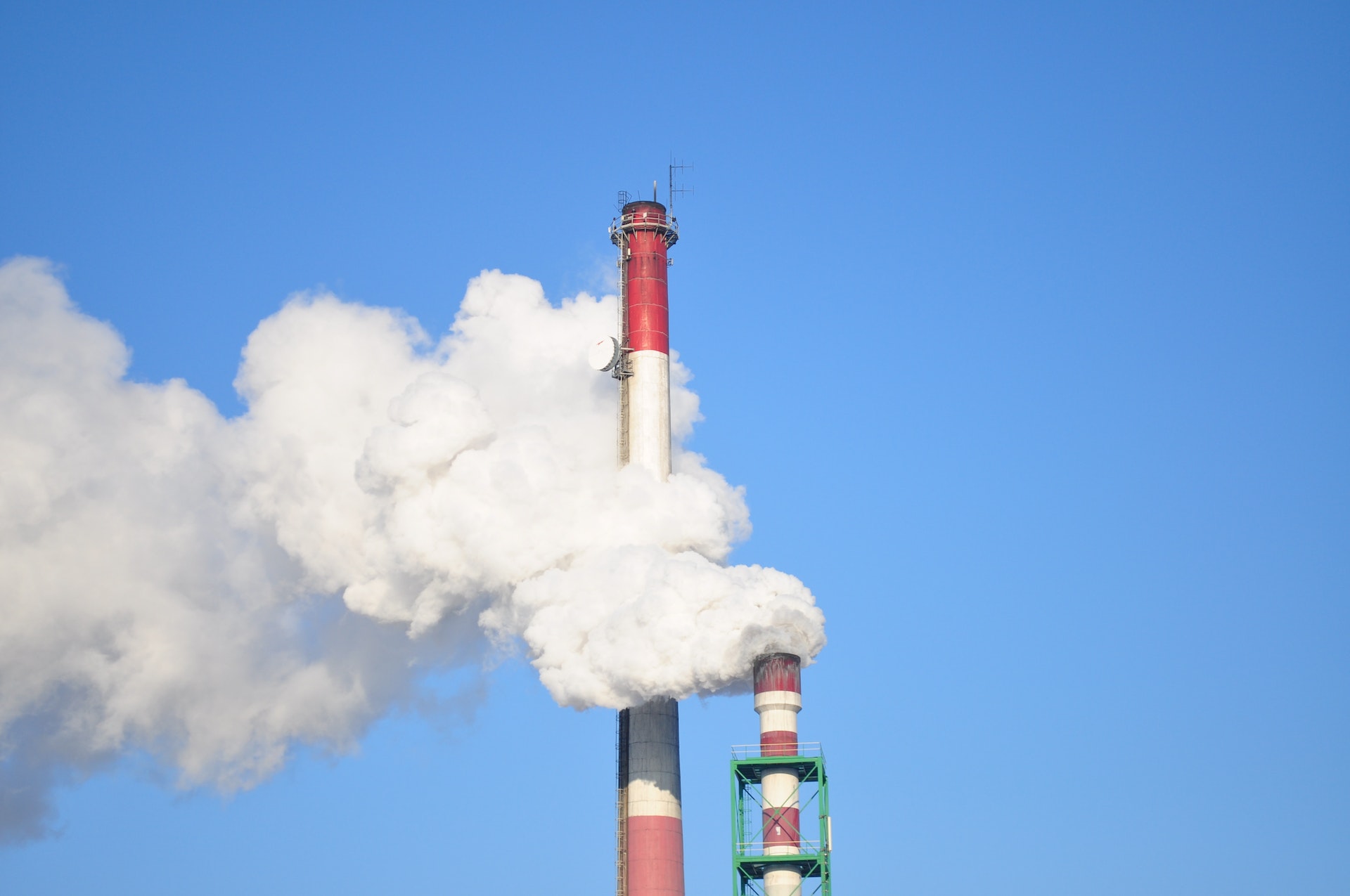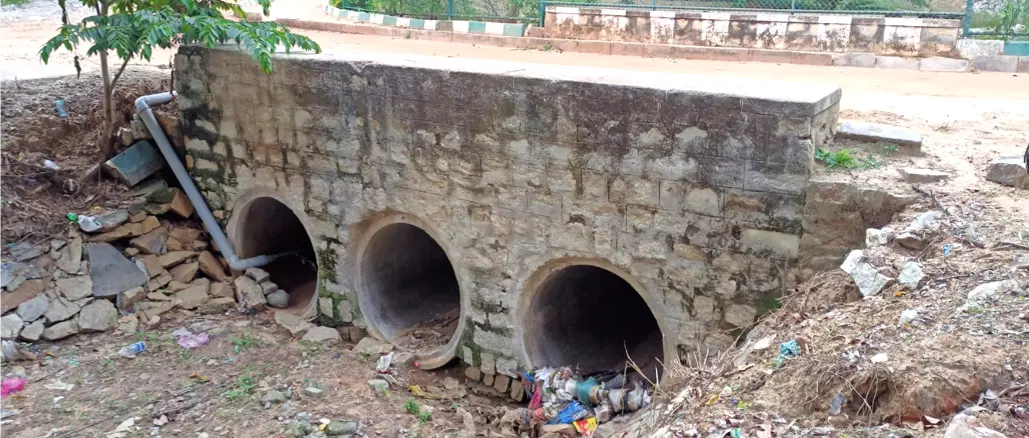Study on Cascading Lakes in Hebbal Explains Why Many Have Dried Up
Challekere lake in Bengaluru. Photo by Rashmi Kulranjan
The flooding in Bengaluru in October 2022 made national headlines as the ‘high-tech’ IT capital of India was ground to a halt. The severity of the event shone the spotlight on the state of the city’s lakes, particularly the extent of encroachment, and poor waste management that have impaired the ability of Bengaluru’s water bodies and stormwater drains to act as flood buffers.
With climate change, the frequency of such extreme weather is likely to increase, underlining the need to understand the city’s complex and integral waterscape better. Lesson one, in this regard, is that lakes in the city are not isolated pools of water that rise and fall independently, unaffected by other lakes in the vicinity. The lakes in Bengaluru form what is called a cascading system – where when one lake fills up, the excess empties into the next one in the chain…
Acknowledgements
Rashmi Kulranjan for Citizen Matters.
The author conducted this work when she was with the Centre for Social and Environmental Innovation at the Ashoka Trust for Research in Ecology and the Environment (CSEI-ATREE). WELL Labs is now taking it forward in collaboration with ATREE.
If you would like to collaborate, write to us. We would love to hear from you.
Follow us and stay updated about our work:





